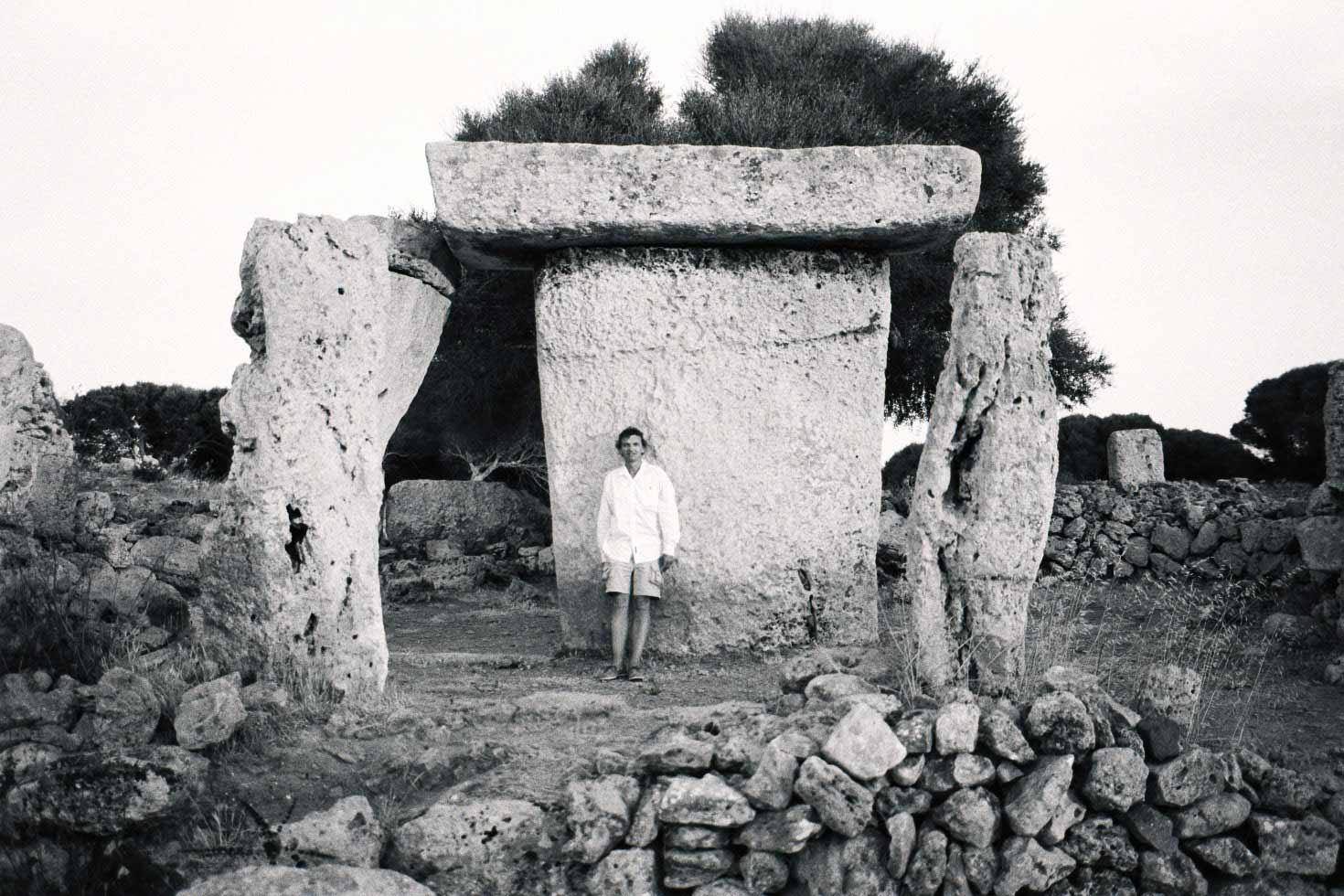-
Ocean Life by John Cale
Photos of John Cale by Francois Bernadi The sky’s full of dirty, aching air, that’s burning a greasy yellow and zooming Slowly in on everyone, [untie] these fighting sunsets that will not be fulfilled. The noise on her eyes is still there, even when the retina yields in the strain of The dull, sacreligious commandment…
